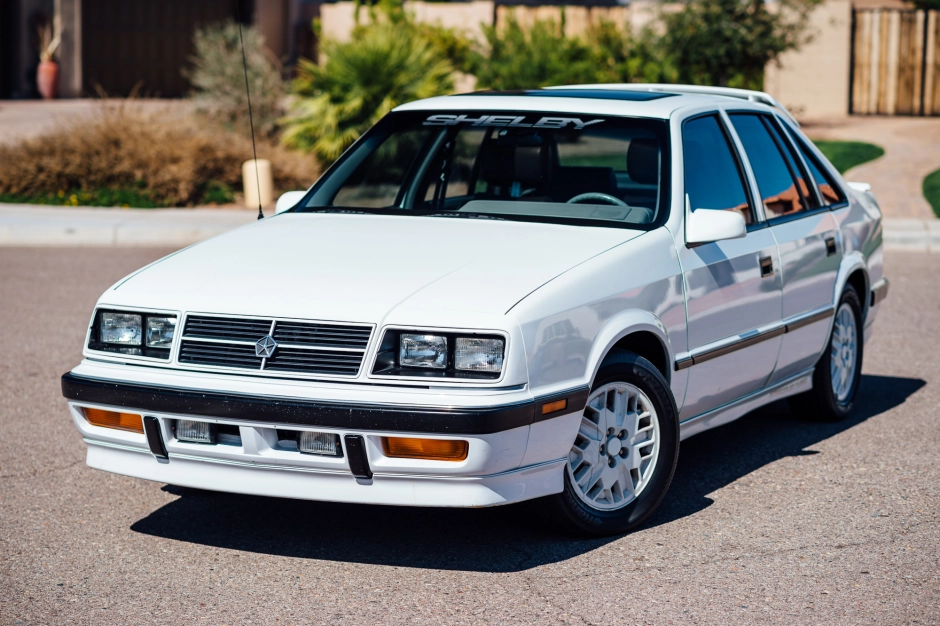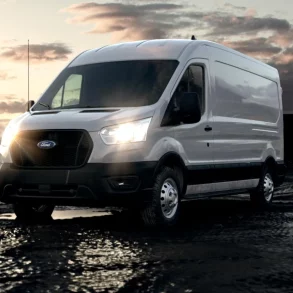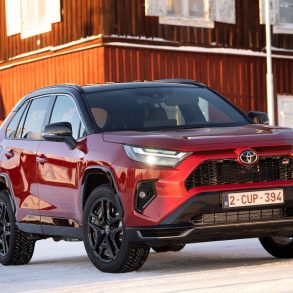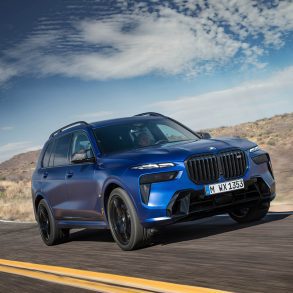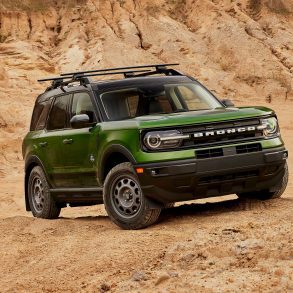Dodge Lancer
Throughout its history, Dodge has used the Lancer name various times. Originally, the Lancer name was applied to hardtop variants of the Royal, Coronet, and Custom Royal model lines. From 1961 to 1962, the First Generation Lancer was a series of compact sedans, wagons, and hardtops. The Lancer name was dormant for over 20 years until Dodge introduced the Second Generation Lancer, which was a series of mid-size, front engined, five door hatchbacks. These cars were available from 1985 until 1989, when the Lancer was discontinued.
Dodge Lancer Overview
The Lancer nameplate was revived in 1985 for a completely different vehicle. This time, it was a mid-size hatchback sedan, designed to be a more upscale companion to the Dodge Aries. This version of the Dodge Lancer was built on Chrysler’s extended K-platform, known as the H-platform. It had a more contemporary 1980s design, fitting with the “boxy but good” aesthetic of the era. Its 5-door hatchback design, while more common in Europe, was a bit of an oddity in the American market, where traditional 4-door sedans were more the norm.
The 1980s Lancer offered a range of engine options, from fuel-efficient inline-fours to turbocharged variants for those seeking more pep. Transmission choices typically included 4-speed manuals and 3-speed automatics. Production of this Lancer version concluded in 1989. It was replaced by the Dodge Spirit.
The Dodge Lancer, in both its iterations, symbolizes Chrysler’s willingness to adapt and repurpose nameplates according to market demands and trends. The first Lancer is remembered as a product of the vibrant and optimistic 1950s American automotive scene, while the 1980s version is a testament to the era’s push for practicality, efficiency, and a bit of European flair in design.

